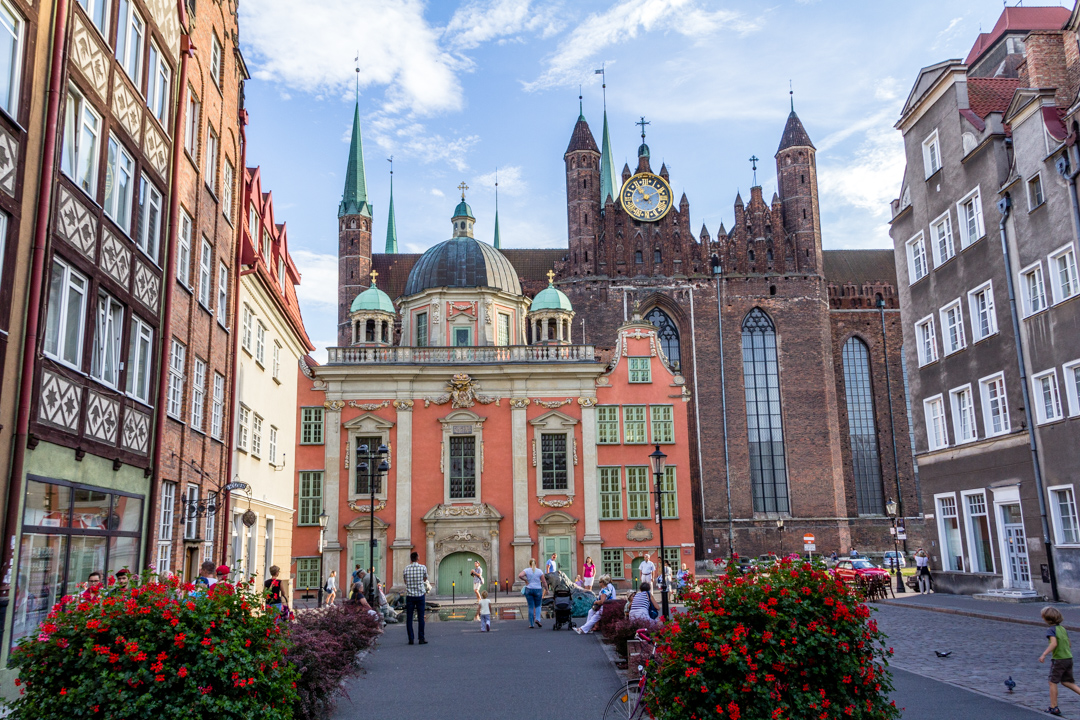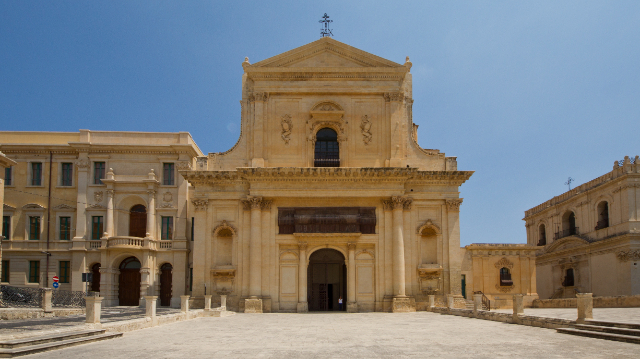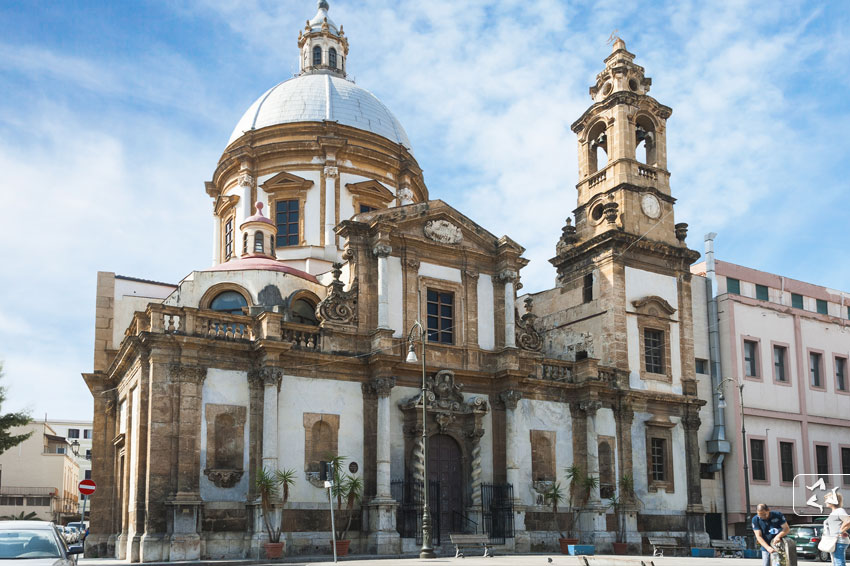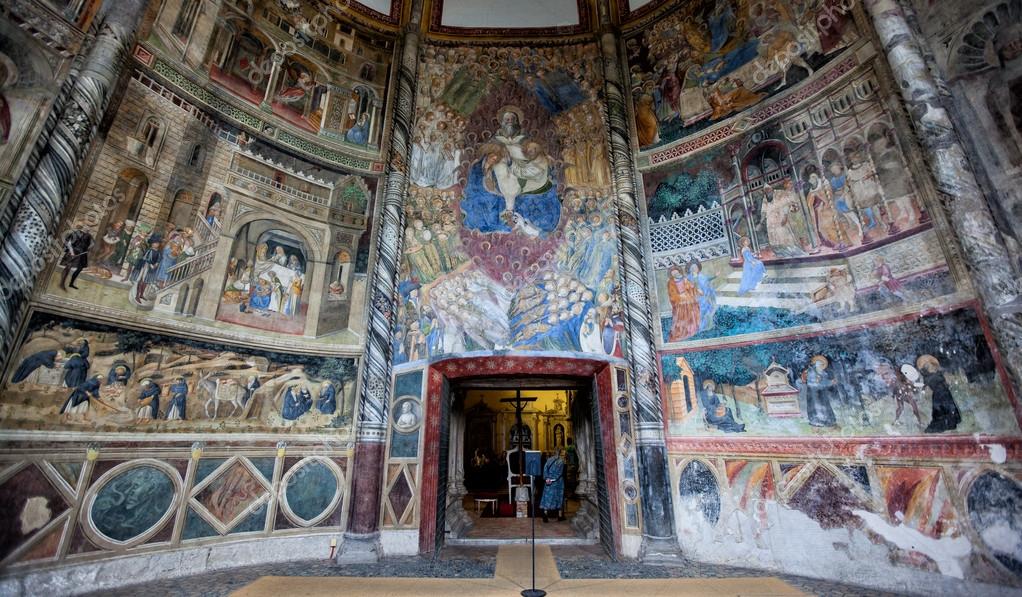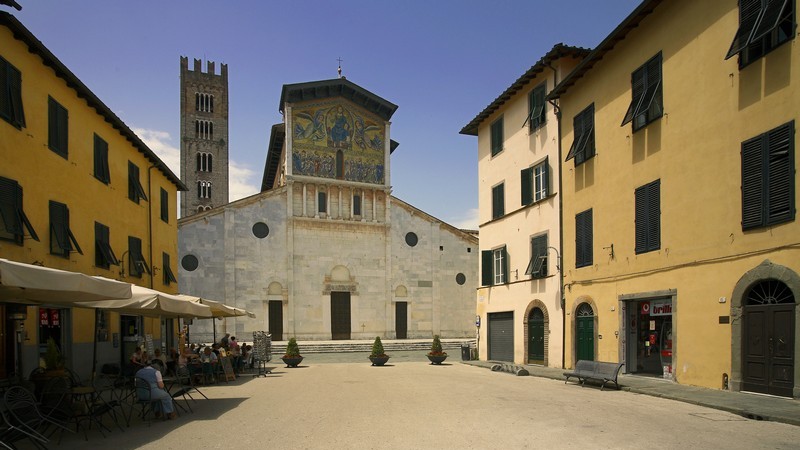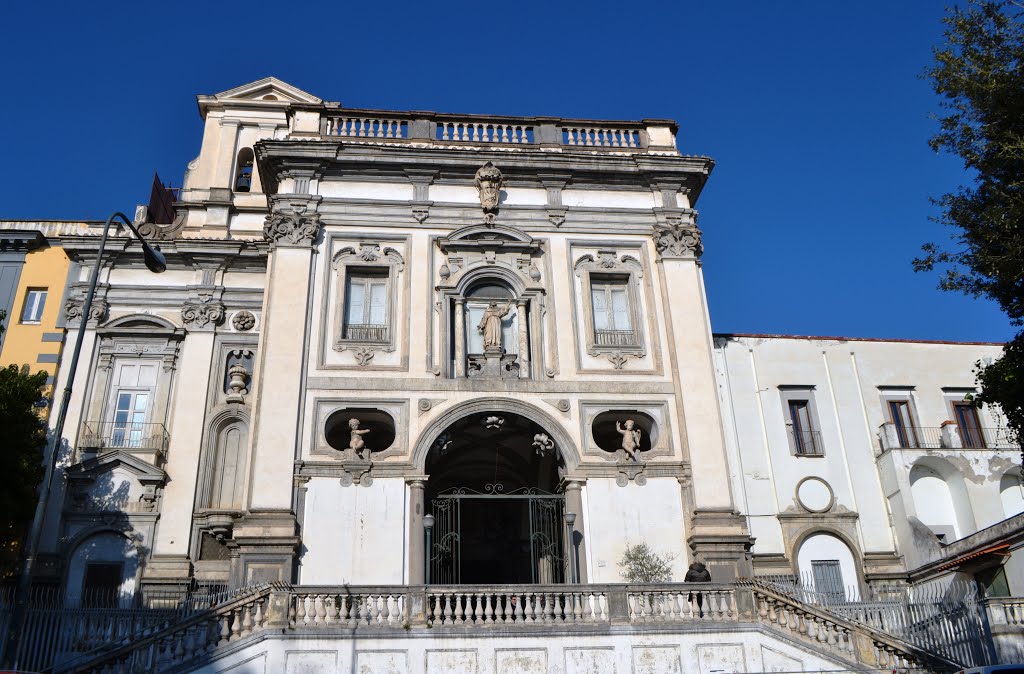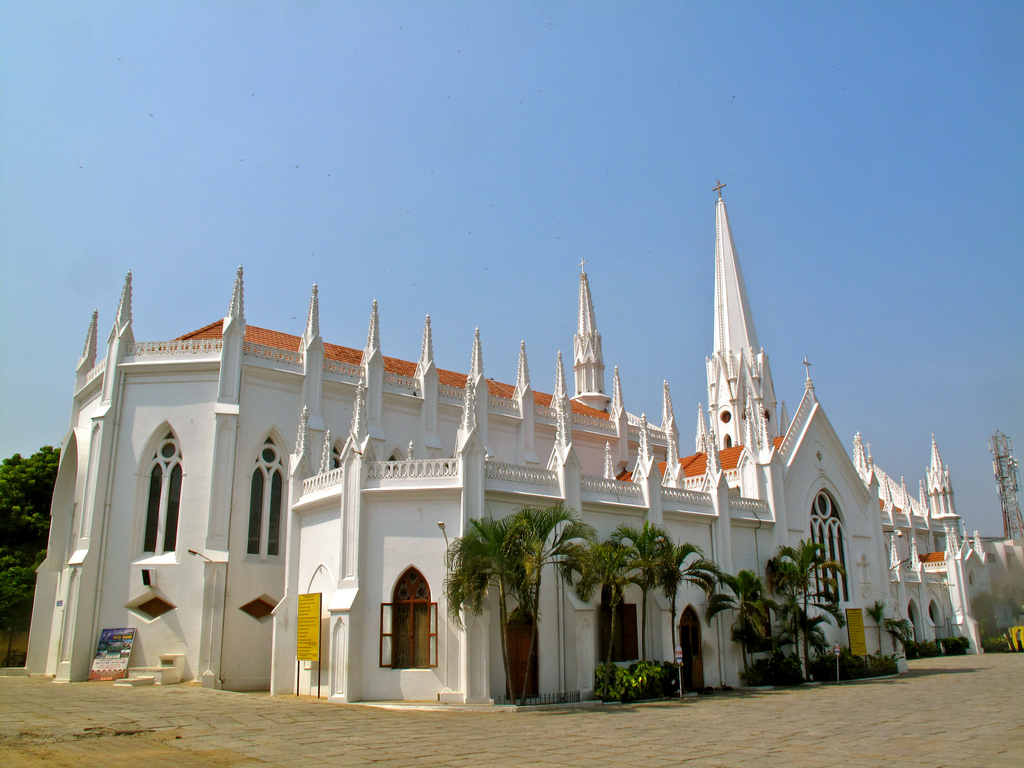Often overlooked because of its gargantuan neighbour, St. Mary’s Basilica, this little baroque beauty was built in accordance with the will of Andrzej Olszowski, the Primate of Poland from 1674–1677. Upon his death in the latter year, 80,000zł from Olszowski’s estate was contributed to the chapel’s construction, coupled with 20,000zł from King Jan III Sobieski. At the time, Gdańsk and Northern Poland were in a majority-Protestant area and even the mighty St. Mary’s Basilica was a place of Protestant worship. Thus, the Royal Chapel was built to service the Catholic Minority of the city. Construction began in 1678 and was wrapped up 3 years later. While records of just who the architect was are uncertain, it is believed that the Dutch-born serial-Baroque-offender Tylman of Gameren was the man behind the design, as he had done much work for King Sobieski, such as St. Casimir’s Church in Warsaw. Records, however, seem to confirm that the head engineer was Barthel Ranisch, and the creator of the interior design was Andreas Schlüter.
Nowadays, the Royal Chapel is the most eye-catching building on ul. Swiętego Ducha, and is best enjoyed in summer whilst dancing in the Four Quarters Fountain across the road. Though it’s officially closed to visitors, it is still open to those attending mass
